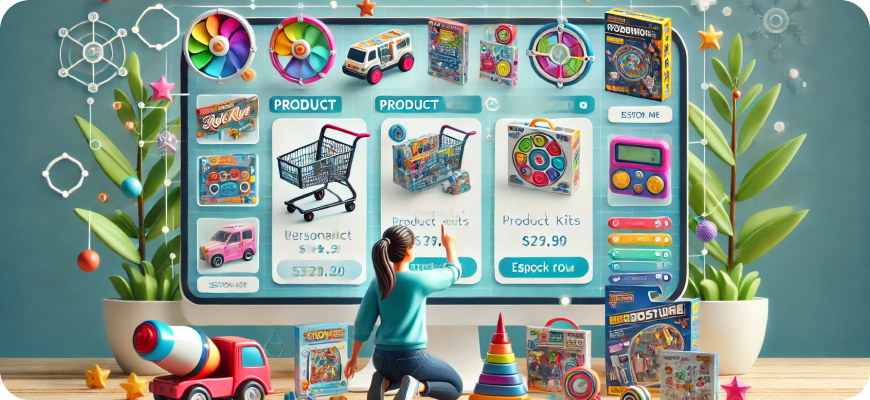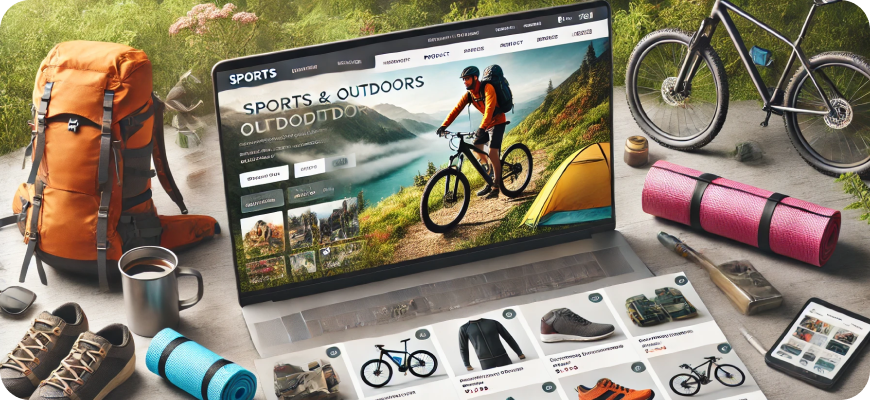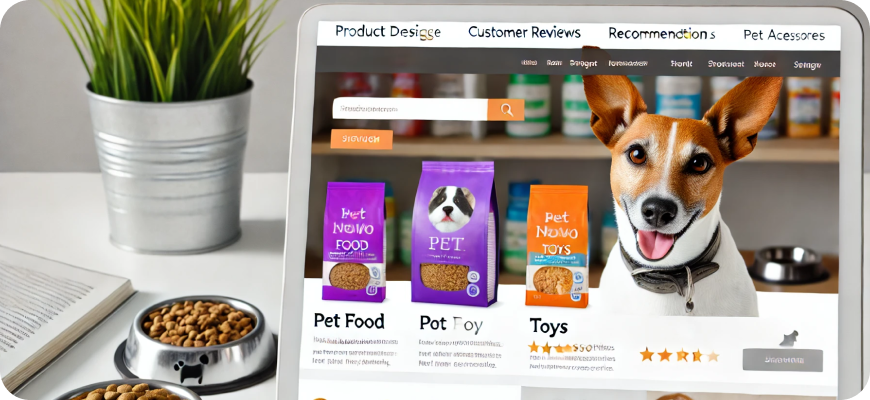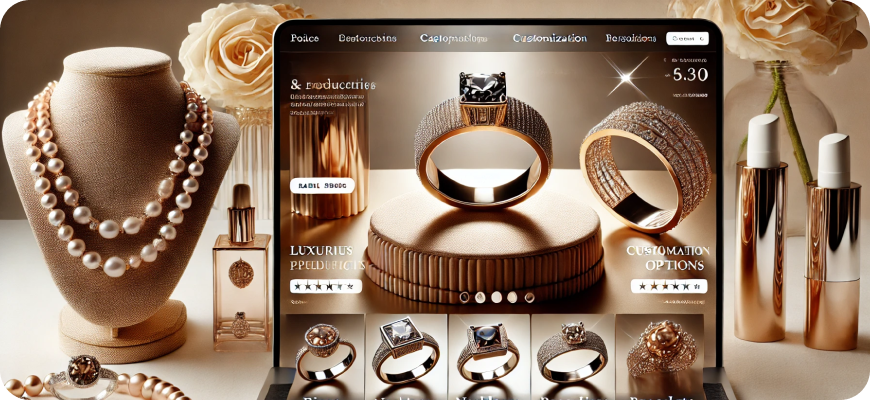The Art of Email Marketing and Super Personalized Emails
Email marketing remains one of the most effective channels for reaching and engaging customers in the digital age. Despite the rise of social media, messaging apps, and other digital marketing tools, email offers a direct line to the inboxes of potential and existing customers. The key to making email marketing truly effective lies in personalization—sending super personalized emails that make recipients feel seen, valued, and motivated to take action. In this article, we’ll explore the art of email marketing, discuss why personalization is so powerful, and share strategies for creating super personalized emails that drive results.
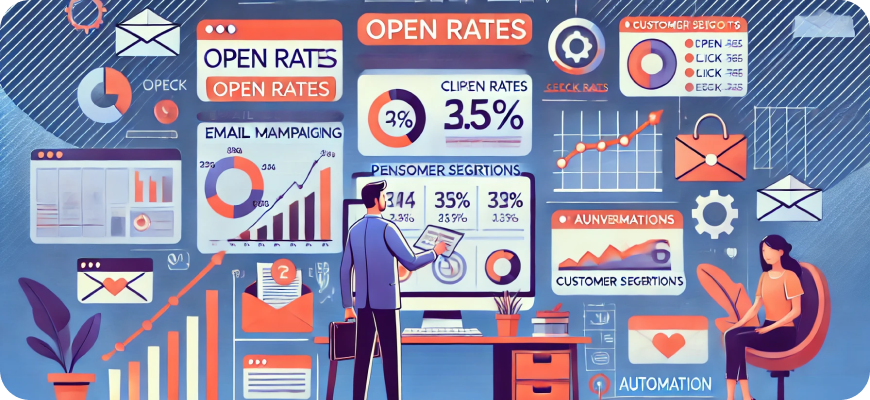
The Importance of Email Marketing
- Direct Communication Channel Email provides a direct line to your customers without the noise and distractions of social media feeds. This gives you a unique opportunity to communicate with your audience in a personal and focused way.
- High ROI According to numerous studies, email marketing delivers one of the highest returns on investment (ROI) of any marketing channel. For every dollar spent on email marketing, businesses typically earn more than $40 in return.
- Ownership and Control Unlike social media algorithms that dictate when and how your audience sees your content, email gives you control over when and how you communicate with subscribers. You own your list, making it a long-term, reliable marketing asset.
- Flexibility and Customization Email allows you to create highly customized messages, tailor content for different segments of your audience, and test variations to see what resonates most with readers.
The Power of Personalization in Email Marketing
Generic, one-size-fits-all emails often go unopened or straight to the trash. People want to feel valued and understood, and personalization helps you accomplish that. Super personalized emails go beyond simply including a subscriber’s first name; they use data and behavior insights to deliver content that feels specifically curated for each recipient.
Why Personalization Works
- Relevance Personalized emails are relevant to the recipient’s needs, interests, and behaviors. They feel less like a sales pitch and more like a thoughtful conversation with a friend.
- Stronger Connections Personalization fosters a sense of connection and trust. When you make an effort to understand your subscribers and cater to their preferences, they’re more likely to stay loyal to your brand.
- Higher Engagement Rates Emails tailored to individual preferences and behaviors generate higher open rates, click-through rates (CTR), and conversion rates than generic emails.
- Reduced Churn Super personalized emails help reduce unsubscribes by delivering content that resonates with subscribers, keeping them engaged and satisfied.
How to Create Super Personalized Emails
Personalizing your emails goes far beyond simply adding a name to the subject line. Here’s how to create truly personalized campaigns that make an impact.
1. Collect and Use Data Wisely
The more you know about your subscribers, the more effectively you can personalize your emails. Start by collecting data such as:
- Demographic Data: Age, gender, location, job title, etc.
- Behavioral Data: Browsing history, purchase history, abandoned carts, email engagement (opens, clicks), etc.
- Preferences and Interests: Use surveys, sign-up forms, or preference centers to ask subscribers about their interests and the type of content they want to receive.
Once you have this data, use it to segment your audience and tailor content specifically for different segments.
2. Segment Your Email List
Segmentation is the process of dividing your email list into smaller groups based on specific criteria. Effective segmentation enables you to send targeted messages that resonate with each group.
Common Segmentation Criteria:
- Demographics: Age, gender, location, etc.
- Behavior: Purchase history, website activity, email engagement, etc.
- Stage in the Customer Journey: New subscribers, first-time buyers, repeat customers, lapsed customers, etc.
- Preferences: Product preferences, content interests, etc.
Example: A clothing retailer might segment its audience into men’s and women’s clothing buyers and send personalized product recommendations based on browsing and purchase behavior.
3. Personalize Subject Lines
Your subject line is the first thing recipients see. Personalizing it can significantly impact your open rates.
- Use Names: Include the recipient’s first name to catch their attention. For example, “John, Your Personalized Fall Fashion Picks Are Here!”
- Reference Behavior: Mention recent actions or interests. For example, “You Left This in Your Cart—Don’t Miss Out!”
- Create Urgency: Use personalized urgency to drive action. For example, “Only 2 Days Left to Redeem Your 20% Off, Sarah!”
4. Create Dynamic Content
Dynamic content changes based on the recipient’s data, making each email feel unique. For example:
- Product Recommendations: Use data to suggest products based on past purchases or browsing history.
- Location-Based Content: Tailor offers, events, or store information based on a recipient’s location.
- Time-Sensitive Offers: Display content that changes based on the recipient’s local time zone or upcoming holidays.
Example: An ecommerce store can use dynamic content to show each recipient a personalized selection of products based on their previous purchases.
5. Personalize Send Times
Not all subscribers are online at the same time. Analyze your data to determine the best times to send emails for different segments of your list. Consider factors such as:
- Time Zones: Adjust send times based on the recipient’s location.
- Engagement Patterns: If a segment of subscribers tends to open emails in the evening, schedule your campaigns accordingly.
6. Behavioral Triggers
Behavioral-triggered emails are automated messages sent based on specific actions taken (or not taken) by a subscriber. These emails are inherently personalized because they’re tied to the recipient’s behavior.
Examples of Behavioral Triggers:
- Welcome Emails: Sent when a new subscriber joins your list.
- Abandoned Cart Emails: Sent to remind customers of items left in their cart.
- Post-Purchase Emails: Sent after a purchase to thank the customer, ask for feedback, or suggest complementary products.
- Re-Engagement Emails: Sent to subscribers who haven’t interacted with your emails for a certain period.
7. Leverage Customer Data for Advanced Personalization
The more data you have, the more personalized you can get. Advanced personalization tactics include:
- Lifecycle Emails: Tailor content based on where customers are in their journey (e.g., new vs. returning customers).
- Purchase Milestones: Send emails to celebrate customer milestones (e.g., their 10th purchase).
- Personalized Recommendations: Offer content and product recommendations based on browsing or purchase behavior.
8. Make It Conversational and Human
Super personalized emails feel like genuine conversations rather than generic broadcasts. Use a friendly, conversational tone and consider addressing subscribers by their names.
Tips for Conversational Emails:
- Be Genuine: Avoid overly salesy language and focus on building relationships.
- Tell Stories: Share relatable anecdotes, customer success stories, or behind-the-scenes insights.
- Use Humor: When appropriate, a touch of humor can make your emails more memorable and engaging.
9. Test and Optimize Your Emails
To get the best results from your email marketing campaigns, continuously test and optimize.
- A/B Testing: Test different subject lines, content, call-to-actions (CTAs), and send times to see what resonates with your audience.
- Analyze Metrics: Track open rates, CTR, conversions, and unsubscribe rates to gauge the effectiveness of your campaigns.
- Refine Your Segments: Regularly update your segments and tailor content to align with new data and insights.
10. Personalization at Scale with Automation
Email marketing automation tools make it easier to deliver super personalized emails at scale. These platforms can segment your audience, trigger emails based on specific actions, and personalize content dynamically.
Popular Email Automation Platforms:
- Mailchimp
- Klaviyo
- ActiveCampaign
- HubSpot
Real-World Examples of Super Personalized Emails
- Netflix’s Personalized Recommendations: Netflix sends emails recommending shows and movies based on the user’s viewing history. The subject line and content are tailored to the recipient’s preferences, driving high engagement.
- Amazon’s Product Recommendations: Amazon leverages purchase and browsing history to send emails with product suggestions, enticing customers to continue shopping.
- Spotify Wrapped: Spotify’s “Wrapped” campaign gives users personalized data about their listening habits for the year. This highly customized email is engaging, shareable, and unique to each user.
- Welcome Emails from Fashion Retailers: Many fashion brands send personalized welcome emails with offers for first-time shoppers, product recommendations based on sign-up preferences, and incentives to explore the store.
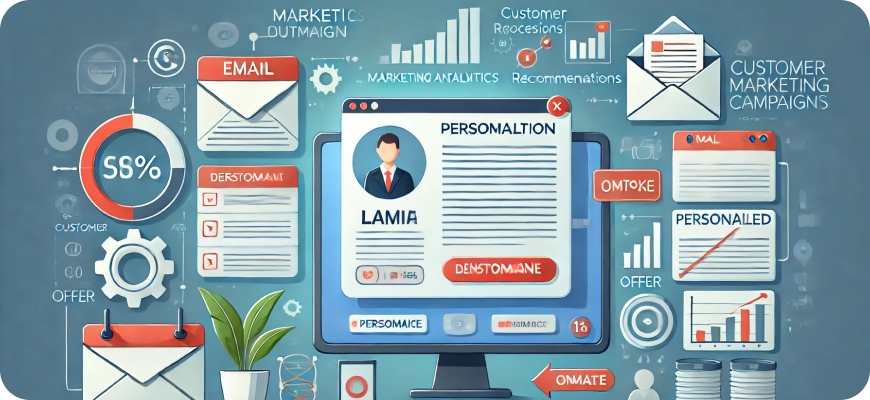
Conclusion
Email marketing is both an art and a science, and the true power lies in personalization. Super personalized emails go beyond simple name insertion; they leverage data and customer behavior to create messages that resonate deeply with recipients. By collecting data, segmenting your list, personalizing subject lines, using dynamic content, and leveraging automation, you can create campaigns that build stronger relationships, increase engagement, and drive results. In today’s crowded inbox, the brands that take the time to understand and connect with their subscribers on a personal level are the ones that stand out—and win.

